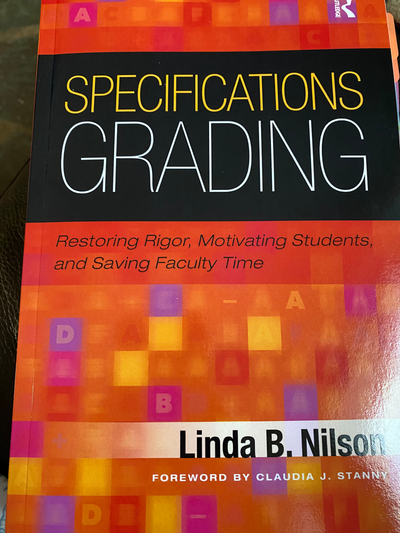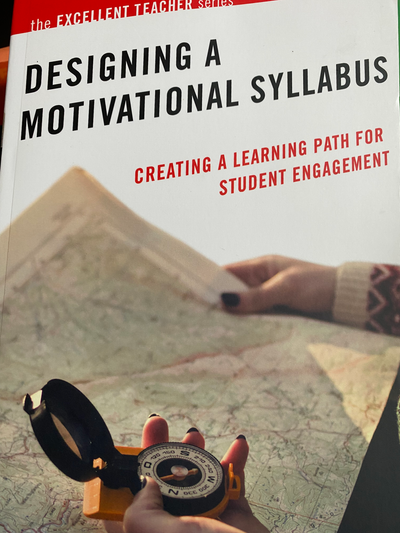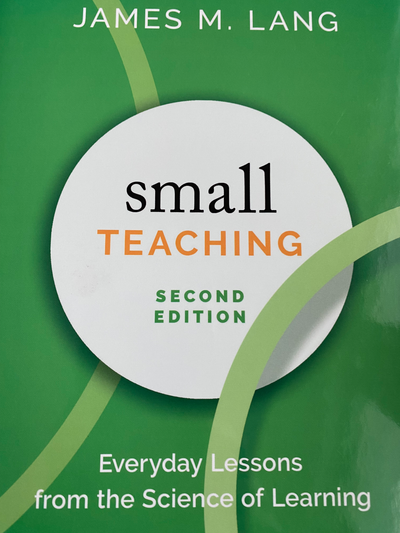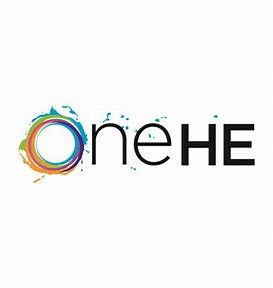Choice
A Strategy that Promotes
Positive Academic Emotions
in Higher Education Instruction
About the Researcher
Welcome to the world of education with JoAnn Thomas! With 40 years of experience as an educator and researcher, JoAnn Thomas is committed to providing high-quality educational content and resources. Explore our website to access a wealth of knowledge and expertise to support your learning journey.
 Image Caption
Image CaptionJo-Ann Thomas
Assistant Instructional Professor of Music
Providence College
_______________________________________________

What are Academic Emotions
Academic emotions are defined as emotions a student experiences in educational settings such as class-related, learning-related, and test-related situations. They are characterized by subjective control and value perceived by learners in the control-value theory. Pekrun 2006 Control Value Theory

Choice
It took the human brain millions of years to evolve through surviving and flourishing with emotions supplying valuable data for the brain to assimilate how the external world affects human survival (Damasio 1994). Our emotions become signals for the brain to mesh with social awareness and the human ability to learn (Barrett 2017). Educational institutions are tasked with understanding the importance of emotions in learning and creating an emotionally safe environment for students. With the right mix of instruction and appropriate teaching strategies, the brain can become primed for a positive experience for students in the classroom (Sousa, 2017).
Providing opportunities for student choice during instruction can promote intrinsic motivation and self-autonomy, promoting positive academic emotions (Danley and Williams, 2020). There is a wealth of information about effective teaching strategies. However, few studies have linked specific academic emotions to a particular strategy. This study began this vital work by linking choice with specific academic emotions.
Everything we do as a species involves choice. “A long history of Western philosophy, psychological theory, and conventional wisdom suggests that choice is a principal component in peoples’ lives” (Patall et al. 2014, 27). Three choice forms can be used in course activities and assignments: process, content, and product (Danley and Williams, 2020). Process and product choice apply directly to this study. The product form of choice provides students an opportunity to relay their knowledge in a personal way. A choice board (Danley& Williams, 2020) is an example of a product choice activity that gives students diverse options on either topic or presentation.
This action research defined the specific academic emotions students experienced when given a choice board in a music appreciation course assignment. The process form of choice revolves around understanding essential facts or concepts (Danley & Williams 2020). During the process choice activity, students will have the opportunity to choose a variety of ways to complete a specific learning assignment to display their knowledge. Students could choose between a mind map, infographic, video, or graphic organizer to complete a specific learning assignment.
Since emotions play an essential role in humans’ choices, this study focused on six emotions connected to academic achievement. “Achievement emotions are tied directly to achievement activities and outcomes” (Pekrun et al. 2006 pg.317). Reinhard Pekrun’s Control-Value Theory (Pekrun et al., 2006) connects six achievement emotions: hope, enjoyment, pride, shame, boredom, and hopelessness.
When students perceive personal connections, Control Value Theory (Pekrun et al. 2006) suggests that students will experience joy. At the same time, students can experience pride when they feel they can accomplish a task (Pekrun et al. 2006). The researchers predicted that hope, enjoyment, and pride would be the emotions students would experience when given product and process choices in their assignments. The first author was the instructor/researcher; the second author was their professor.
Satisfaction in human life takes root in feelings of competence, self-autonomy, and social connection that support the ability to flourish (Deci and Ryan 2018). Self Determination Theory (SDT) supports autonomy as a student-centered learning environment that provides opportunities for student choice (Deci and Ryan 2018). In multiple studies, participants given a choice were significantly more intrinsically motivated than those who did not have an opportunity for choice in a learning experience (Deci and Ryan 2018). However, it is essential to note that choice differs from the cognitive concept of making decisions. “Not all decisions involve a sense of choice” (Deci and Ryan 2018, 581). Nevertheless, having the opportunity for choice is an effective teaching strategy that may produce positive academic emotions. An effective teacher creates a student-centered classroom and believes all students have immense potential to learn (Schreiner 2014).
Resources
Pekrun, R., Elliot, A. J., and Maier, M. A. 2006. Achievement goals and discrete achievement emotions: A theoretical model and perspective. Journal of Educational Psychology 98 (3): 583-597. doi:10.1037/0022-0663.98.3.583.
Pekrun, R. 2019. Inquiry on emotions in higher education: Progress and open problems. Studies in Higher Education 44 (10): 806–811 doi:10.1080/03075079.2019.1665335.
Pekrun, R. 2006. The control-value theory of achievement emotions: Assumptions, corollaries, and implications for educational research and practice. Educational Psychology Review 18 (1): 315-341. doi:10.1007/s10648-006-9029-9.
Pekrun, R., Goetz, T., Titz, W., and Perry, R. P. 2002. Academic emotions in students’ self-regulated learning and achievement: A program of quantitative and qualitative research. Educational Psychologist 37 (1): 91–106. doi:10.1207/S15326985EP3702_4.
Schreiner, L. A. 2014. Strengths-oriented teaching: Pathways to engaged learning. Birmingham, Alabama: E.B.S.C.O.

Templates
Books
Articles
Exploring how diversified activities in higher education can enhance student engagement, creativity, and learning outcomes.
Read MorePresentations
Lily Conference: January 2025 Sam Diego
Read MoreThe aim of the conference is to bring together academics and researchers of visual and performing arts, and other related disciplines. You may participate as stream leader, presenter of one paper, chair of a session or observer. As is the case with the many small symposiums organized every week during the May-July period an effort is made to bring disciplines together such as Arts, Culture and Tourism.
Read MoreUsing Choice Boards and other process and product choice strategies in higher education instruction
Read MoreBlog
Contact
- Providence, RI, USA
- Providence College






















